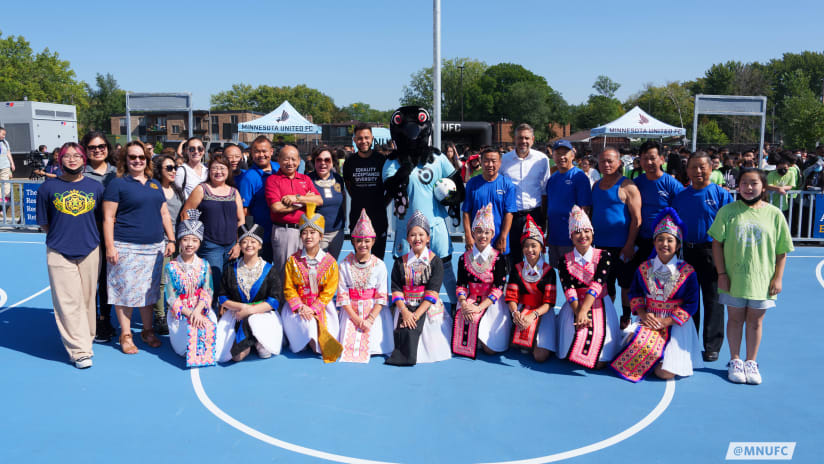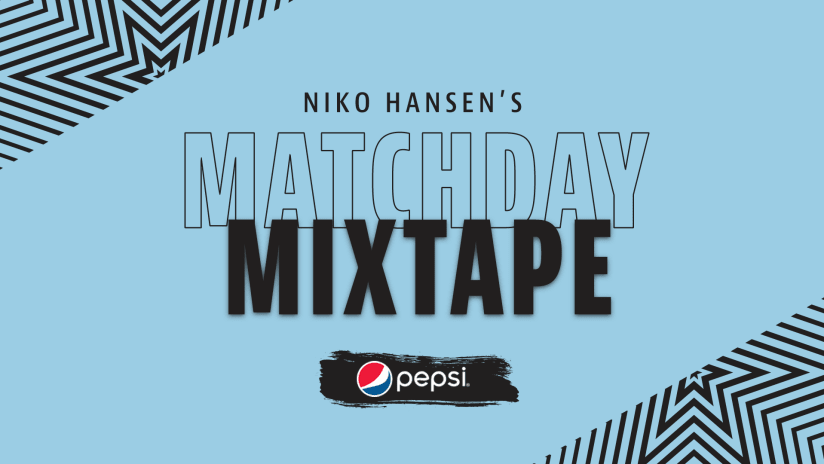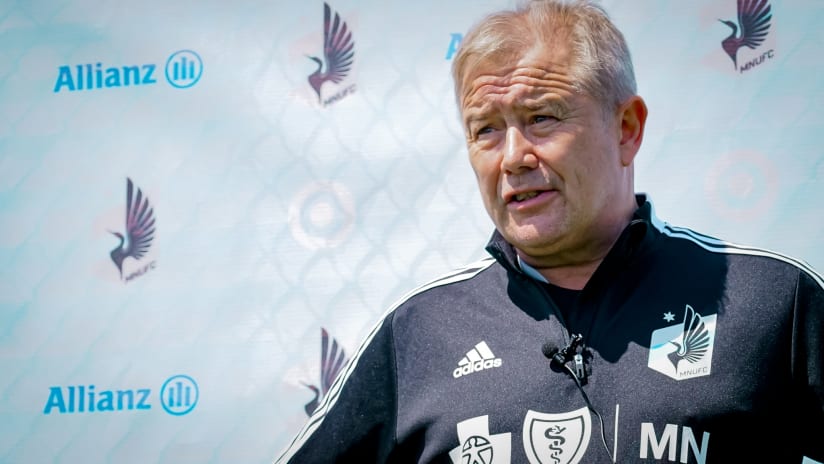It’s no secret that the public perception of tattoos has shifted in recent years. It wasn’t so long ago that visible tattoos were seen as an impediment to employment, and no doubt there are plenty of mothers out there still living in fear of their children getting inked. “Why,” they will cry, “would you want to deface your body forever?”
But with one study showing 46% of respondents in the U.S. with at least one tattoo, it’s clear that attitudes are changing. At least some of that has to be driven by celebrities, including athletes, and for defender DJ Taylor — who got his first tattoo at 18 or 19 when he was playing in Spain — it was part of the culture he found himself surrounded by.
“You see in soccer culture, it's a big part of the culture, with South Americans and stuff like that,” he says. “Obviously it's like well, if I do want to get a tattoo, what am I actually going to get? You know what theme am I going to put on my body, something I have to live with?”
Picking that first tattoo is a big step, and Taylor ultimately got a small cross on his back between his shoulder blades. After spending a lot of time looking through designs on Pinterest, he settled on one that he set as the lockscreen on his phone — “If you can look at that for three months straight, then you know you want that tattoo, because obviously you can live with it,” he says — but it wasn’t just the look of it that was important.
“It was kind of how I dealt with being away from my family at such a young age,” he says. Taylor joined Torre Levante’s youth side in Valencia in 2015. “Moving away from my little brother who was four — it kind of hurt. That was kind of my mechanism of dealing, you know. That was one of the parts when I was at like the lowest point of my life. Like I wasn't playing but I was sacrificing so much to be there and tattoos helped me express that in a helpful way.”
At about the same age, winger Niko Hansen got his first tattoo. What began as a series of bands on his forearm has snaked its way up to his shoulder now, forming a rich and layered tapestry of meaning, incorporating his family history in Denmark and his love of nature.
“My dad has a tribal tattoo,” he says. “So my forearm I have a little bit of it on the main piece of it as a tribal kind of design, but I wanted to get a little bit more Viking-type traditional pieces as well because there's the Danish heritage. On the inside of it I have — in Danish — my dad's birthday on the top, my mom's in the middle and my little sister's on the bottom.” He worked with an artist in Albuquerque when he was at the University of New Mexico to take these elements — the tribal, the Viking, the Danish language — and combine them into a cohesive whole. Since then, he’s continued to work with the same artist to add mountains, a treeline and a large wolf’s head on his shoulder.

Like anyone with visible tattoos, Hansen has been asked what they mean, and this is where it gets thorny. The wolf has a connection to his college team, the New Mexico Lobos, but it also ties into elements of Norse mythology like Fenrir — the gigantic wolf child of Loki and the giantess Angerboda — and Geri and Freki — the two wolves who accompany Odin. The wolf is also half traditional illustration, half abstract design, tying it into both the modernized tribal designs and the Viking elements below it. Any individual tattoo can contain multiple strains of meaning and identity and, taken together, all of a person’s together form a kind of multilayered text. It’s about where we came from, where we’ve been, who we are, who we hope to be. It’s about what we want to remember, and what we can’t forget.
On his wrist, Taylor has his little brother’s birthday — the little brother who was born when he was 14, the brother he thought he was never going to get. “My shoulder here, on my trap, I have my great grandmother who passed away last year,” he says. “That was like my first like real death in the family.”
When they’re freighted with meaning, suddenly forever doesn’t seem like such a long time to have these on your body. Again, as with so many things, the meanings start to pile up and even become contradictory. Life is short, but also long. We have time, but we need to make the most of it, but we need to be patient. Like many people once they get one, Hansen knew he wasn’t going to stop there, but he also knew he didn’t want it to all happen at once, didn’t want it to be over with.
“I got the first one and I was like, ‘Oh I can't wait to get more,” he says. “I think I was always like, I want to get like a sleeve of some sort, but I want to take my time with it. Kind of tell the story as I go.”





